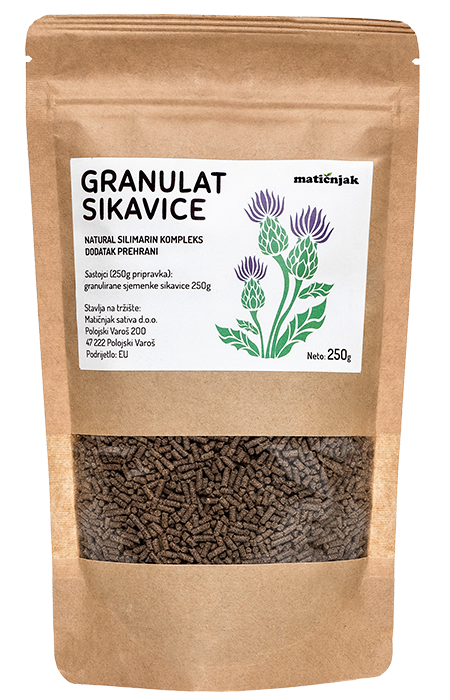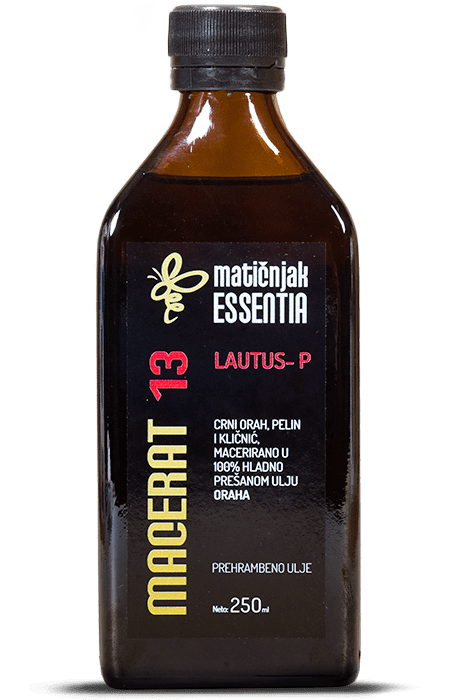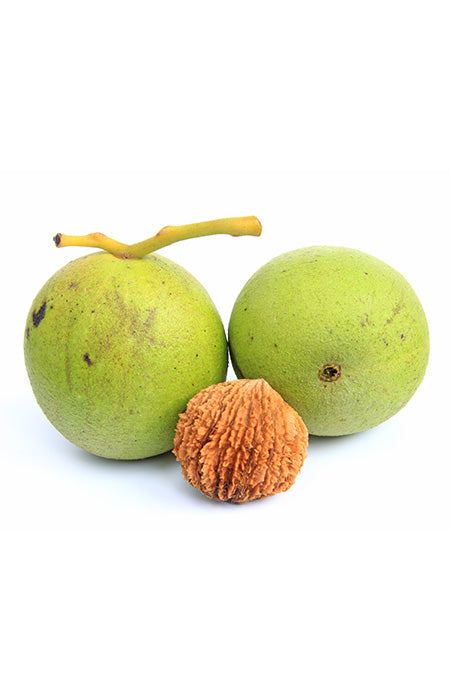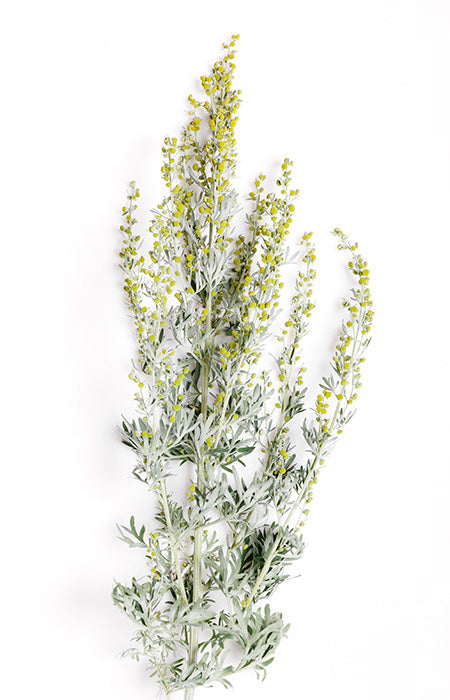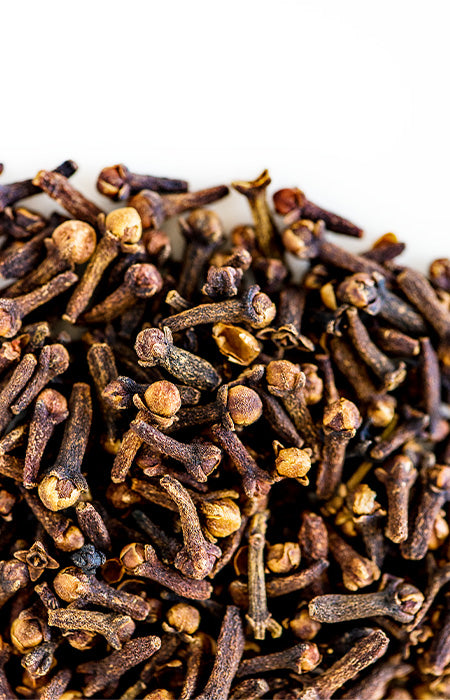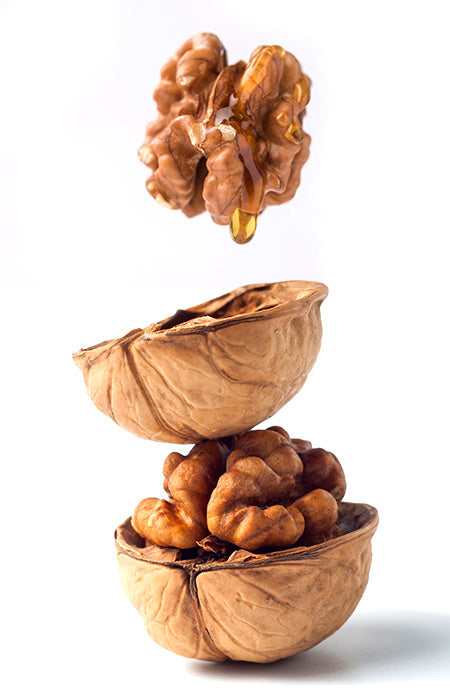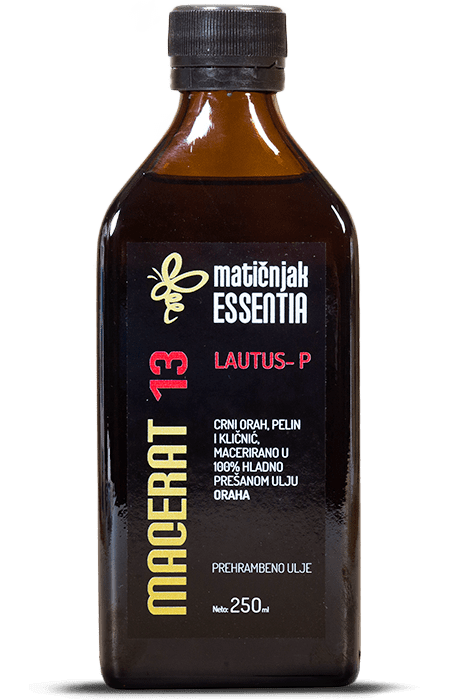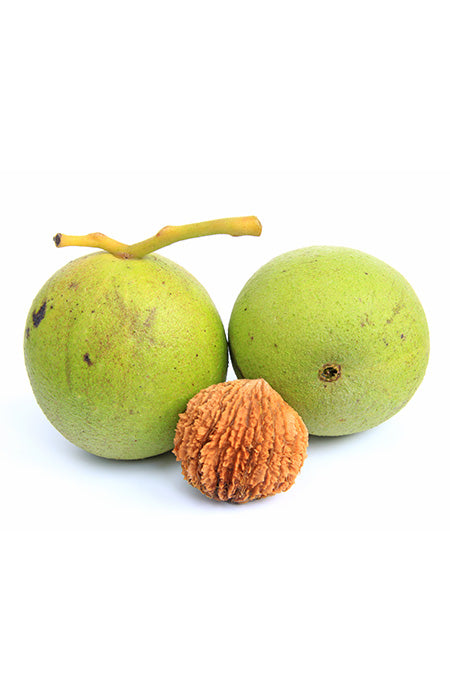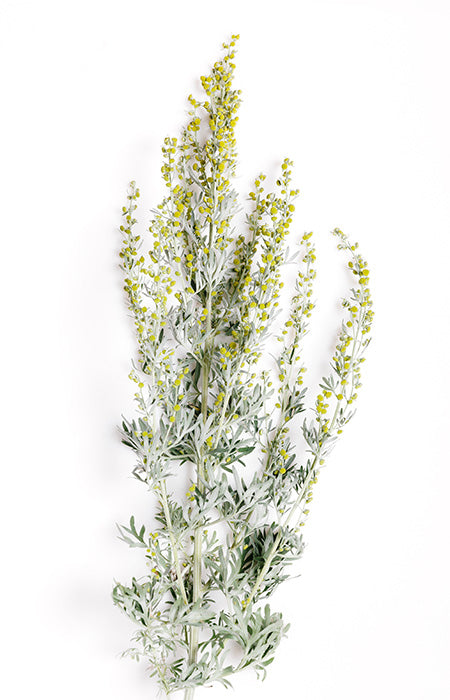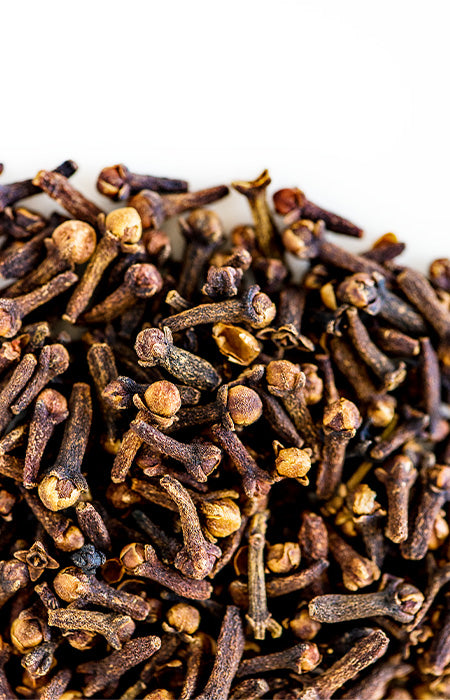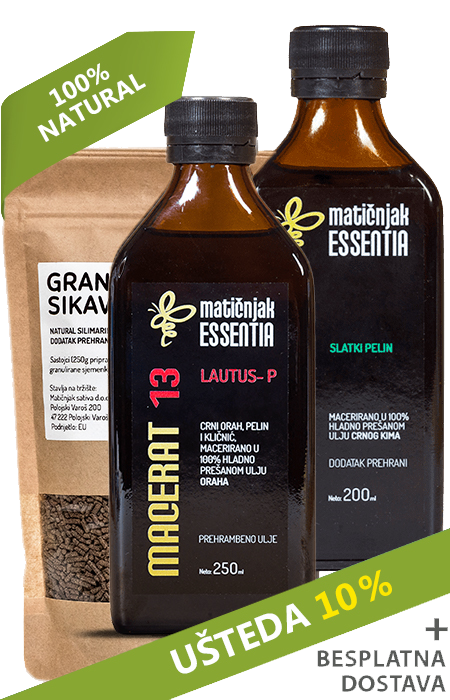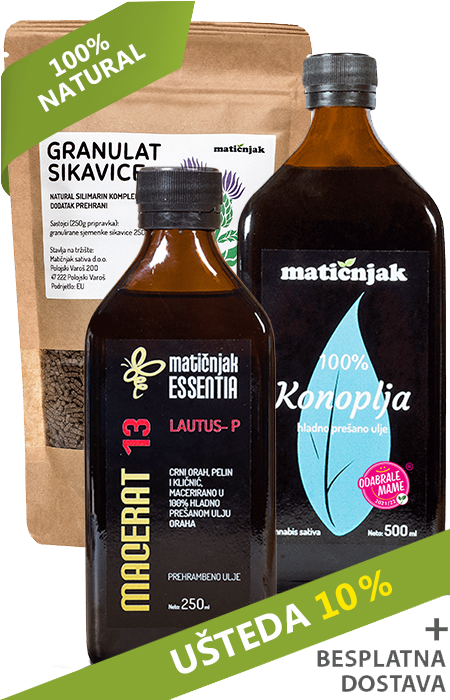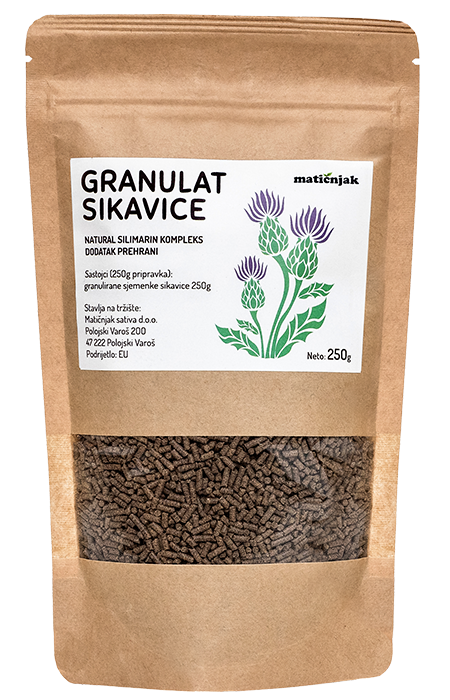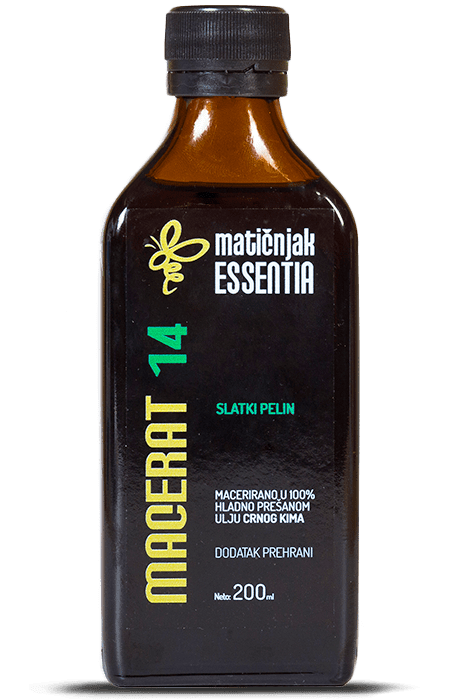Macerat 13 je biljni pripravak običnog pelina, klinčića i crnog oraha potopljenih (maceriranih) u hladno prešanom ulju oraha – prirodan, učinkovit i blag proizvod (Lautus - lat. čistač; P - prirodan).
Djelovanje ovog pripravka zasniva se na biljkama koje su šest tjedana uronjene u hladno prešano ulje oraha, čime na sebe veže njihova ljekovita svojstva.
Svojstva Matičnjak macerata potječu od kombiniranog djelovanja više sastavnica koje su odabrane na temelju višegodišnjeg iskustva u izradi biljnih pripravaka. Prilikom izrade macerata usvaja se princip u kojemu je cjelina važnija od sastavnih dijelova.
Prema riječima fitoterapeuta Ive Bačlije:
"Pelin će zagorčati život parazitima, crni će ih orah zaviti u crno, a klinčić će im nemilosrdno uništiti čak i nerazvijena jajašca"
Paketi s Maceratom 13 u ulju oraha: -10% popusta
Po preporuci Ive Bačlije
- DETOX paket sa tri pripravka koji čine odličnu kuru
- ANTIPARAZIT paket fitoterapijski protokol
Što kaže znanost
- Crni orah, odnosno ljuska crnog oraha sadrži prirodne kemikalije koje inhibiraju rast bakterija i gljivica (1). Crni orah sadrži impresivni profil hranjivih tvari a jedna od glavnih komponenti ljuske crnog oraha je juglon. Ljuska crnog oraha sadrži tanine, spojeve kojima su dokazana antibakterijska svojstva (2).
- Obični pelin (tzv. gorki pelin ili pelin) povijesno se upotrebljava kao efikasno biljno sredstvo protiv parazita (3). Istraživanja pokazuju da pelin pomaže pri probavi i smanjuje grčeve u crijevima i želucu (4) čime se smanjuju gastrointestinalni simptomi poput proljeva, nadutosti, žgaravice, zatvora i plinova (5).
- Klinčići su bogati antioksidansima (6) pa mogu smanjiti nastanak kroničnih bolesti. Pokazalo se da imaju antimikrobna svojstva (7), odnosno pomažu u zaustavljanju rasta mikroorganizama.
- Ulje oraha je esencija najzdravijih orašastih plodova na svijetu. Studije potvrđuju da hladnim prešanjem ulje oraha zadržava tvari potrebne za zdravlje. Redovita i adekvatna konzumacija oraha povezana je sa smanjenjem rizik od bolesti kao što su karcinomi (8,9), kardiovaskularnih bolesti (10,11,12,13,14,15,16,17), dijabetesa (18) i degenerativnih poremećaja (19,20).
Reference na znanstvene radove o učinku sastojaka ovog proizvoda pronađite OVDJE.
+Informacije i izjave služe u obrazovne svrhe i ne smiju zamijeniti savjet vašeg liječnika.
Najčešća pitanja i odgovori
1. Koliko snažno Macerat 13 djeluje učinkovito na uklanjanje parazita?
Macerat 13 je biljni pripravak koji mnogi koriste kao podršku organizmu kod problema s parazitima. Međutim, s obzirom na to da se ne radi se o lijeku, ne možemo garantirati isti učinak kod svakoga. Njegova učinkovitost također ovisi o tome koliko se osoba pridržava uputa koje dolaze uz korištenje macerata, kakav režim prehrane osoba vodi te kolika je sama infekcija. Djelovanje ovog pripravka zasniva se na tri snaže biljke (pelin, crni orah i klinčić) koje su šest tjedana uronjene u hladno prešano ulje oraha (koji na sebe veže njihova ljekovita svojstva), a koje se tradicionalno koriste upravo u svrhu uklanjanja parazita te ako se pripravak pravilno koristi uz odgovarajuću prehranu, iskustva su uglavnom dobra i pozitivna.
2. Mogu li Macerat 13 uzimati i osobe s gastritisom?
Iz iskustva Kupaca, mnogi su upravo konzumacijom Macerata 13 vidjeli i osjetili poboljšanja po pitanju probavnih tegoba pa je svakako Macerat 13 jedan od proizvoda koji je moguće konzumirati i po pitanju gastritisa.Napomena: osobe koje uzimaju lijekove, trebaju se prije uzimanja posavjetovati sa svojim liječnikom.
3. Treba li uz Macerat 13 uzimati dodatne bindere (npr. crni ugljen, zeolit...)?
Kod Macerata 13 nema potrebe za posebnom vrstom bindera poput crnog ugljena ili zeolita, jer takva vrsta detoksikacije u ovom slučaju nije potrebna. Najvažnije je da se prilikom konzumacije Macerata 13 pije dosta vode te proba u prehranu uvrstiti što više mehaničkih čistača – palente i sjemenki uz što više vlaknaste hrane, nutritivno bogate hrane (voće i povrće) te posebno fermentirane hrane poput jogurta i kefira, koji će pomoći izgraditi zdravu crijevu floru i izbalansirati unutarnji biosustav organizma. Time će tzv. dobroćudne bakterije iz jogurta i kefira istisnuti one loše (gljivice), pomoći probavi, ojačati imunitet te zaustaviti težnju za šećerom.
4. Koji se drugi dodaci prehrani prilikom konzumacije Macerata 13 mogu koristiti?
Svi ostali dodaci prehrani (npr. vitamin C, B kompleks, hladno prešana ulja, ljekovite gljive i sl.) su dobrodošli!
5. Koje namirnice bi trebalo izbjegavati prilikom konzumacije Macerata 13?
Tijekom uzimanja kure, potrebno je iz prehrane izbaciti sve jednostavne ugljikohidrate poput šećera koji su prisutni u raznim slatkišima, džemovima, desertima, slasticama, medu, raznim sokovima i sl. Također, tijekom kure uopće se ne smije konzumirati kruh (radi kvasca), ocat (umjesto octa može se koristiti limun), gljive (ni jela s gljivama) kao niti alkoholna pića (pošto se i alkohol u procesu probave pretvara u šećer pa tako hrani gljivice). Razlog svemu tome je što gljivice i paraziti vole slatko odnosno hrane se šećerom, a cilj kure je dovesti ih u stanje izgladnjelosti, a maceratom uništiti do kraja.6. Koje su moguće nuspojave?
Prilikom čišćenja od parazita moguće su nuspojave u obliku ubrzane detoksikacije: može doći do poremećaja probave, zatvora (opstipacije), dijareje, grčeva u crijevima, plinova, osipa, prištića, umora, bolova u mišićima…
Video i blogovi
Pročitajte naše blogove na temu parazita:
- Biljke koje liječe i štite: kako smo počeli slušati prirodu
- Čišćenje od parazita - kada, kako i zašto?
Macerati
Biljke i njihova jedinstvena svojstva mogu nam pomoći kod raznih tegoba. Na nama je da tu ljekovitu biljku iskoristimo na najbolji mogući način.
Možemo ju preliti vrućom vodom ili je u njoj prokuhati i tako dobiti tzv. dekokt, infuz ili jednostavno čaj, a isto to bilje možemo potopiti u alkohol i dobiti tzv. tinkture. Treći način ekstrahiranja aktivnih ljekovitih principa "duše" same biljke je izrada uljnih macerata.
Macerati u ulju crnog kima
- MACERAT 01 - komorač, bosiljak, kopriva, aronija i đumbir za jačanje imunog sustava
- MACERAT 04 - gorka dinja, piskavica, sikavica i aronija za regulaciju razine šećera
- MACERAT 14 (bestseller) - slatki pelin za borbu protiv virusa i bakterija te jačanje imunog sustava
Macerati u ulju jezgre oraha
- MACERAT 03 - majčina dušica, glog, kopriva i ružmarin za bolju cirkulaciju
- MACERAT 05 - piskavica i čestoslavica za snižavanje visokog kolesterola
- MACERAT 08 - ivanje cvijeće za regulaciju hipofunkcije štitne žlijezde
- MACERAT 10 - stolisnik uz dodatak ulja sikavice za bolji rad želuca
- MACERAT 12 - bosiljak, miloduh i kopriva uz dodatak ulja sikavice za jačanje korijena kose
- MACERAT 13 - gorki pelin, crni orah i klinčić za borbu protiv parazita
Macerat u ulju bundeve
- MACERAT 06 - vrbovica i kopriva za bolju funkciju prostate
Macerati u ulju sikavice
- MACERAT 02 - đumbir, peršin i cimet za jačanje srčanog mišića
- MACERAT 07 - matičnjak i odoljen za smirenje i dobar san te umirenje hiperfunkcije štitne žlijezde
- MACERAT 09 - europska zlatnica i peršin za bolji rad bubrega
- MACERAT 10 - stolisnik uz dodatak ulja jezgre oraha za bolji rad želuca
- MACERAT 11 - paprena metvica za normalnu funkciju žuči
- MACERAT 12 - bosiljak, miloduh i kopriva uz dodatak ulja jezgre oraha za jačanje korijena kose
